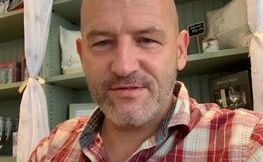Voices from our community
Real voices from real people, sharing their stories, challenges and successes.
Leadership hints, tips and how-tos.
These quick reads can inspire you to try new things and sharpen your skills.
Institute news.
Stay up to date with the latest news from The Institute.
Views on trending leadership topics.
You might also be interested in...
Podcasts
Our regular podcasts come in different flavours. Try them all via your chosen podcast service.
Webinars
Fresh webinars every month covering a range of leadership topics. They're free to join and last 30 minutes.
Research
The Institute of Leadership undertakes research designed to inform, influence and impact the practice of leadership, management, coaching and mentoring.






























































































